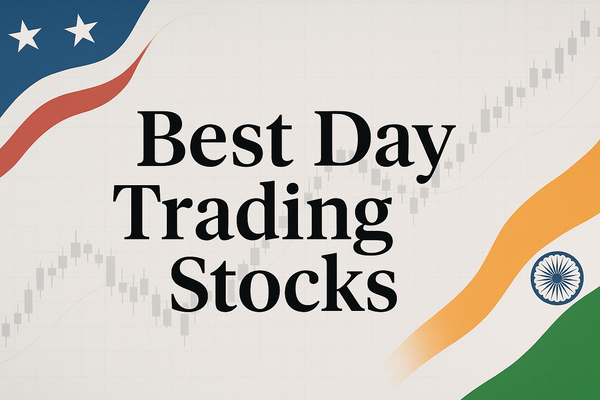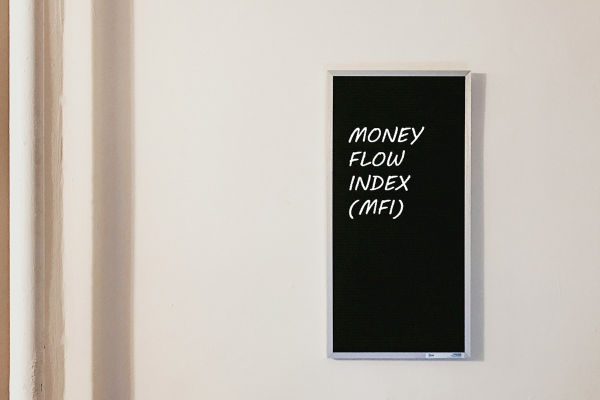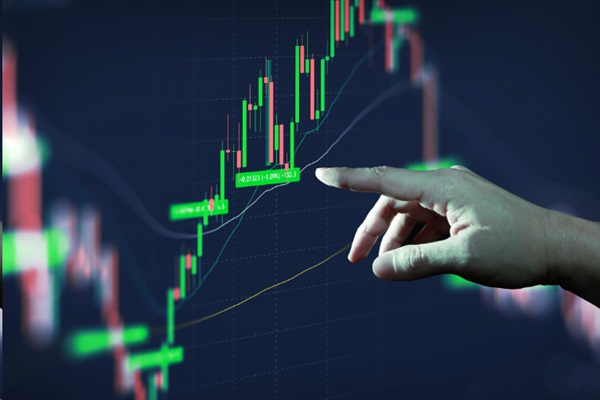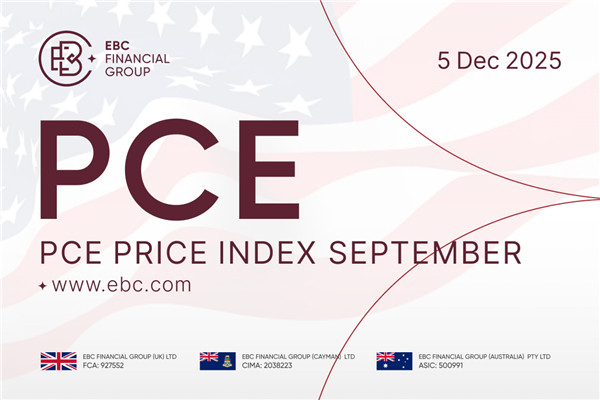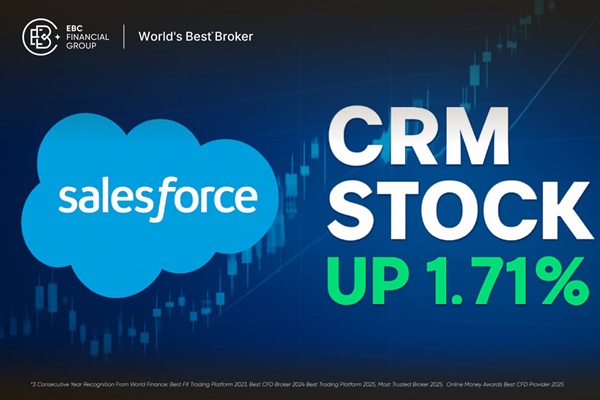Day trading can offer flexibility and the potential for steady income, but it demands discipline, strategy, and realistic expectations. It's not about making quick money—it's about developing a structured approach, understanding the risks, and building consistency. For anyone aiming to turn day trading into a full-time career, it's essential to treat it as a profession, with clear routines, risk controls, and continuous learning.
Understanding Day Trading Basics
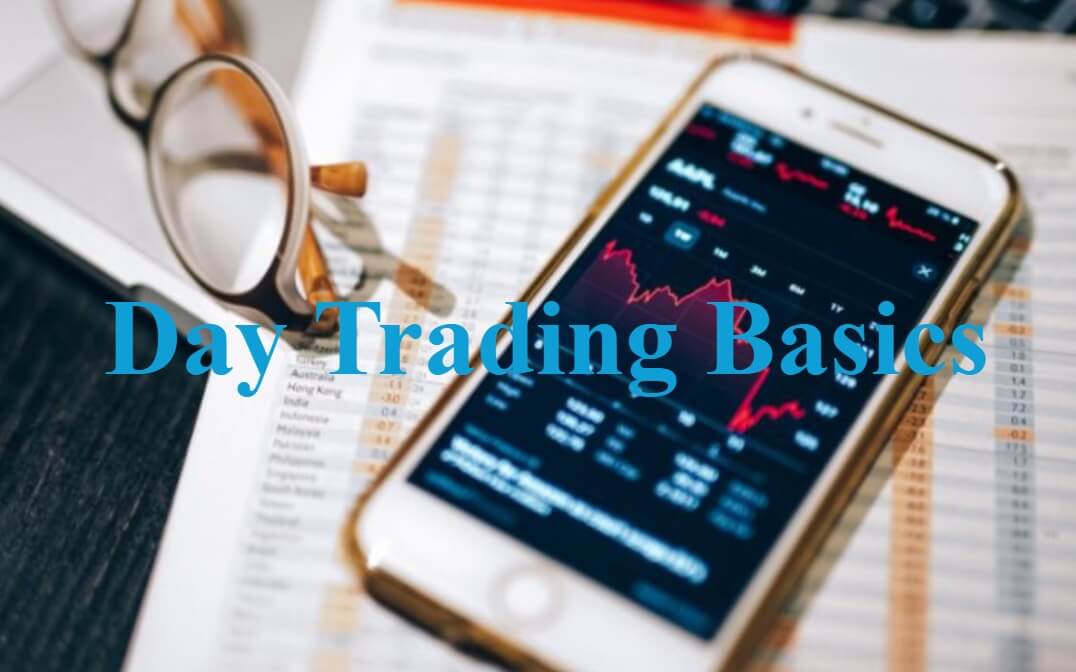
At its core, day trading is about buying and selling financial instruments—most commonly stocks, forex, or futures—within a single trading day. The goal is to capitalise on short-term price movements, which might last just a few minutes or hours. Unlike long-term investing, where you hold assets for months or years, day traders aim to end the day with no open positions.
It's not about gambling or guessing, though. Successful day traders rely heavily on analysis, risk control, and discipline. Some may use technical charts to spot patterns, while others respond to news or economic data releases. Either way, the key idea is the same: get in and out quickly, aiming for small, consistent profits rather than big wins.
Essential Tools and Platforms

Before placing your first trade, you'll need to set up the right tools. Your most important ally will be a trading platform—this is where you'll execute trades, analyse charts, and monitor your portfolio. Many brokers offer their own platforms, and it's worth taking the time to try a few in demo mode to see which layout and features you prefer.
You'll also need a reliable data feed that gives you real-time price information. Delays, even of a few seconds, can make a big difference in fast-moving markets. Good charting software is another essential, allowing you to mark trends, draw indicators, and track price movements.
Lastly, choose your broker wisely. Look for low fees, fast execution, and robust support. Some brokers specialise in day trading and offer tools tailored for frequent traders.
Choosing What to Trade
Not all financial markets are equally suited to day trading. The most popular choices include:
Stocks – Well-known companies with high trading volume can offer consistent movement.
Forex (foreign exchange) – Currencies are traded 24 hours a day, with tight spreads and high liquidity.
Futures – These contracts are based on the future price of commodities or indices, and can be very volatile.
ETFs and Options – While a bit more complex, these also offer short-term opportunities if you know what you're doing.
The best assets for day trading are typically those with high liquidity and volatility—meaning there's enough movement and volume to enter and exit positions easily. Many new traders start with just one or two assets so they can learn the patterns and behaviour more effectively.
Setting Up Your Trading Workspace
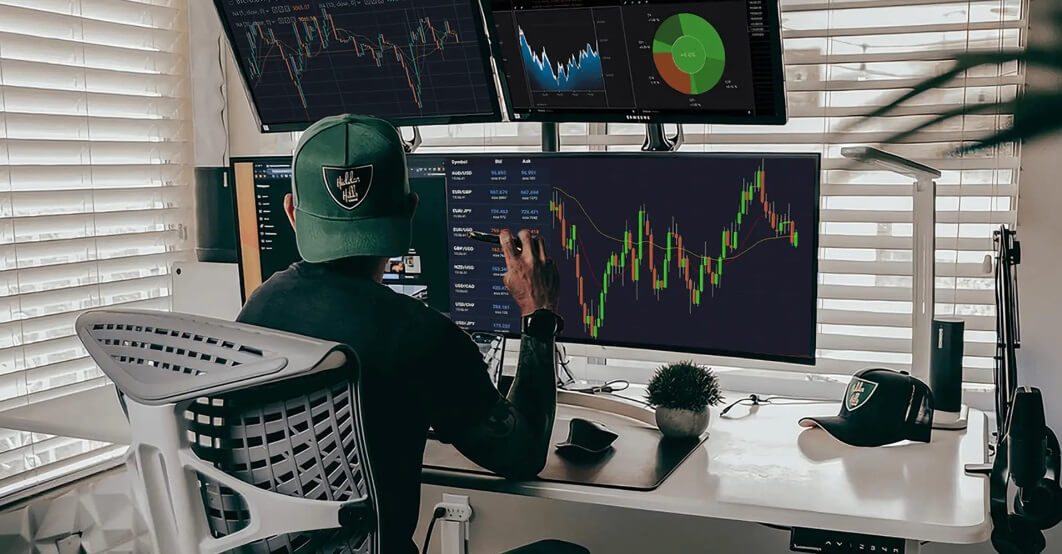
Your trading setup doesn't need to be fancy, but it does need to be functional. You'll need a reliable computer, a fast internet connection, and ideally, a dual-monitor setup—one screen for charts, another for your trading platform and news feed.
More importantly, set up a distraction-free environment. Day trading requires focus and fast decision-making. If you're constantly interrupted or can't see what's happening clearly, you'll struggle to stay on top of the market.
It also helps to establish a daily routine. Markets have specific rhythms—certain times of day (like the market open) tend to be more volatile. Planning your trading hours around these windows will give you more consistent opportunities.
Understanding Market Hours and Volatility
Market hours play a huge role in day trading. If you're trading stocks, you'll be working within the exchange hours (e.g. 9:30 am to 4:00 pm New York time for the NYSE). Forex markets run nearly 24 hours a day during the week, with major trading sessions in London, New York, and Tokyo.
Volatility is the lifeblood of day trading. It's what creates the price swings that allow you to make a profit. However, too much volatility can also be dangerous, especially if you don't have a solid risk management strategy in place.
Typically, the market tends to be most active at the open and close of trading sessions. News releases and economic announcements can also trigger large, sudden movements. As a beginner, it's wise to observe these periods before jumping in, so you can get a feel for the pace.
Final Thoughts
Starting a career in day trading is exciting, but it's not something you can wing. It demands patience, discipline, and a willingness to keep learning. The good news is that with the right tools, some practical knowledge, and a strong foundation in the basics, you can start building your skills without putting too much on the line.
By understanding the core of how day trading works, choosing suitable assets, and setting yourself up with the right tools and routines, you'll be better prepared to navigate the highs and lows of the market. Whether it becomes a full-time job or just a side pursuit, the path begins with preparation—and now, you’ve taken the first step.
Disclaimer: This material is for general information purposes only and is not intended as (and should not be considered to be) financial, investment or other advice on which reliance should be placed. No opinion given in the material constitutes a recommendation by EBC or the author that any particular investment, security, transaction or investment strategy is suitable for any specific person.














